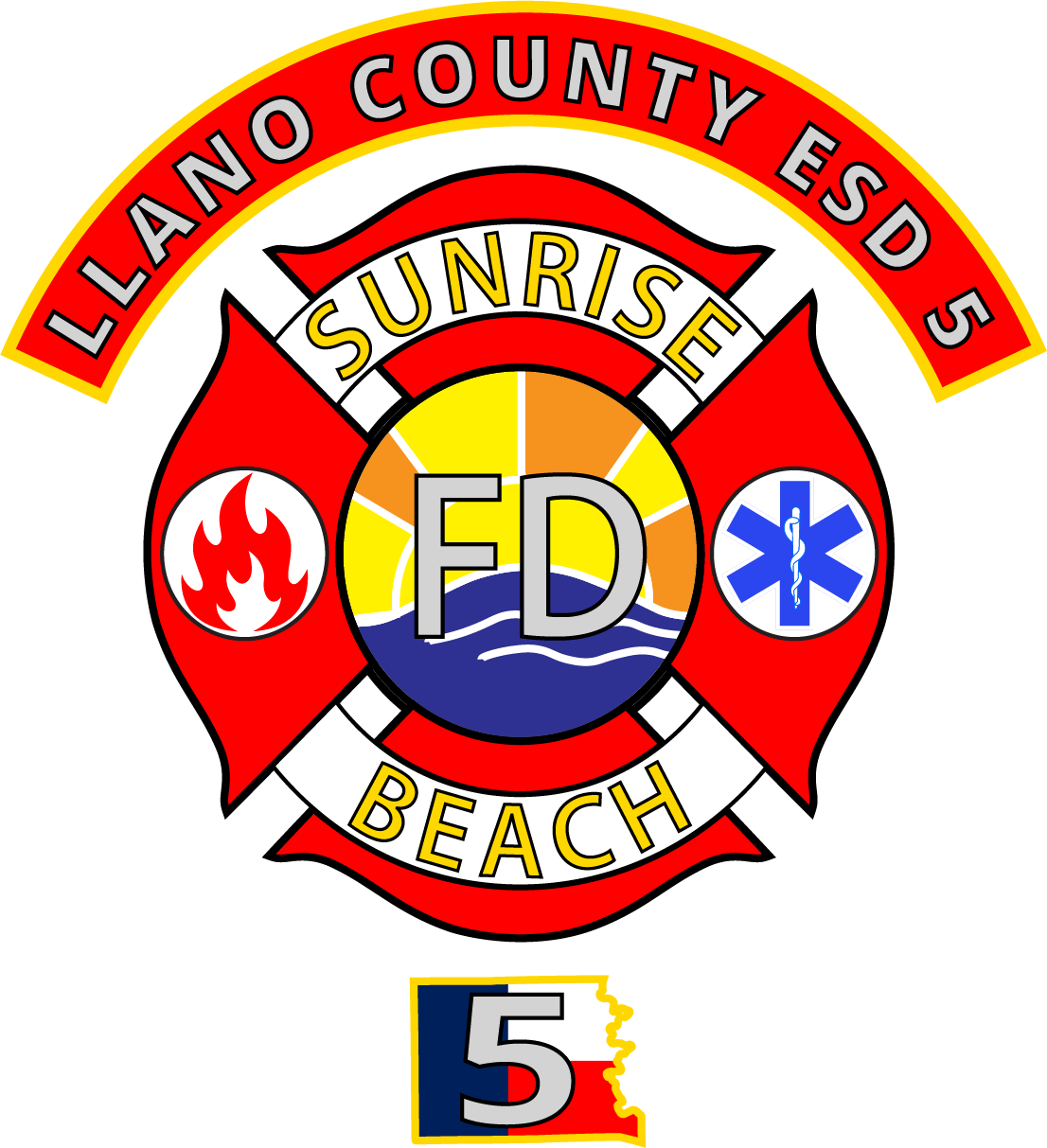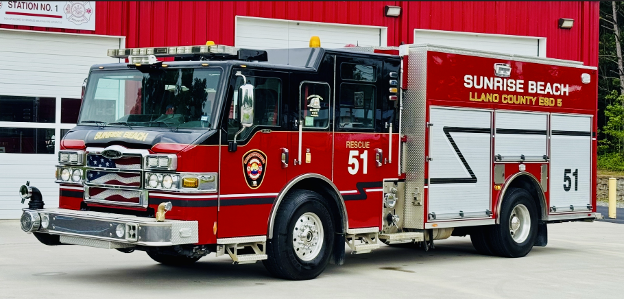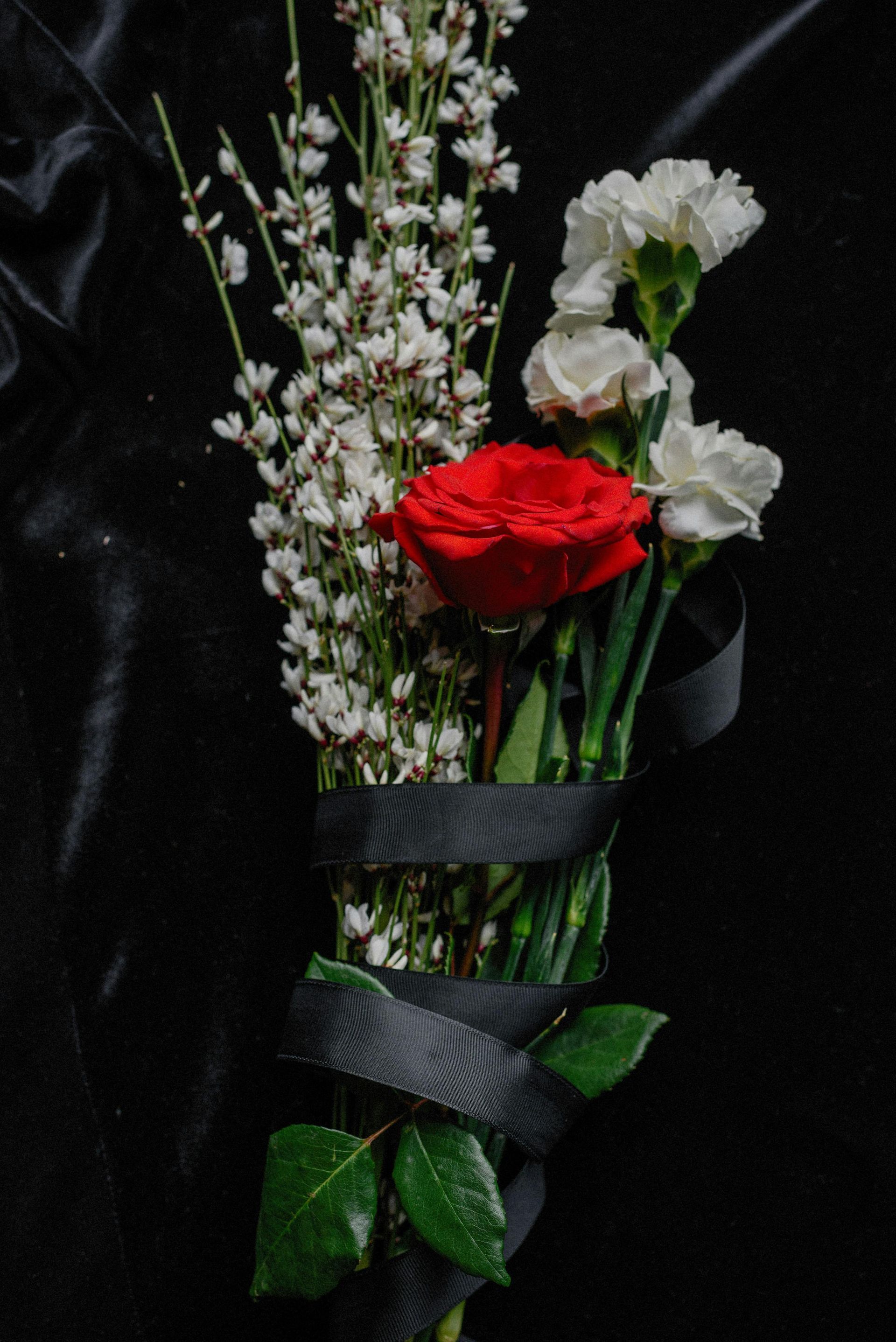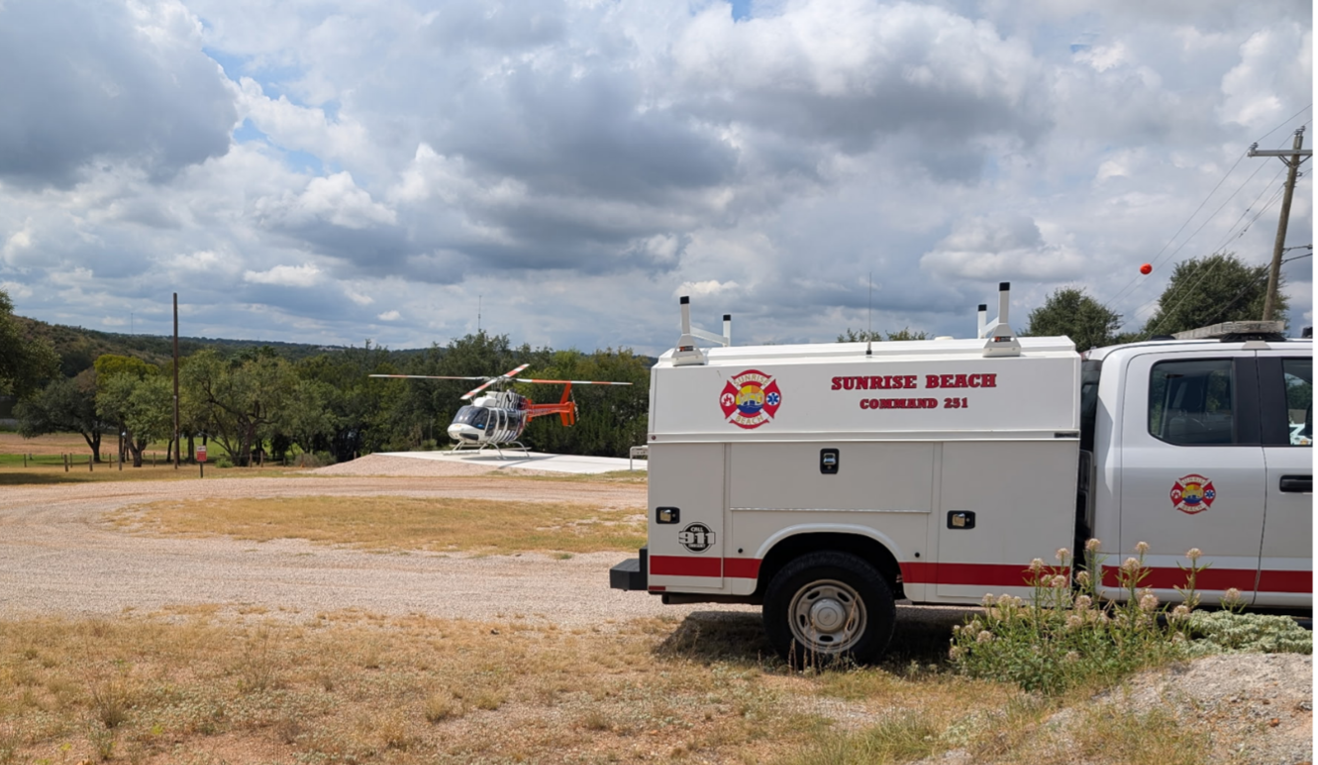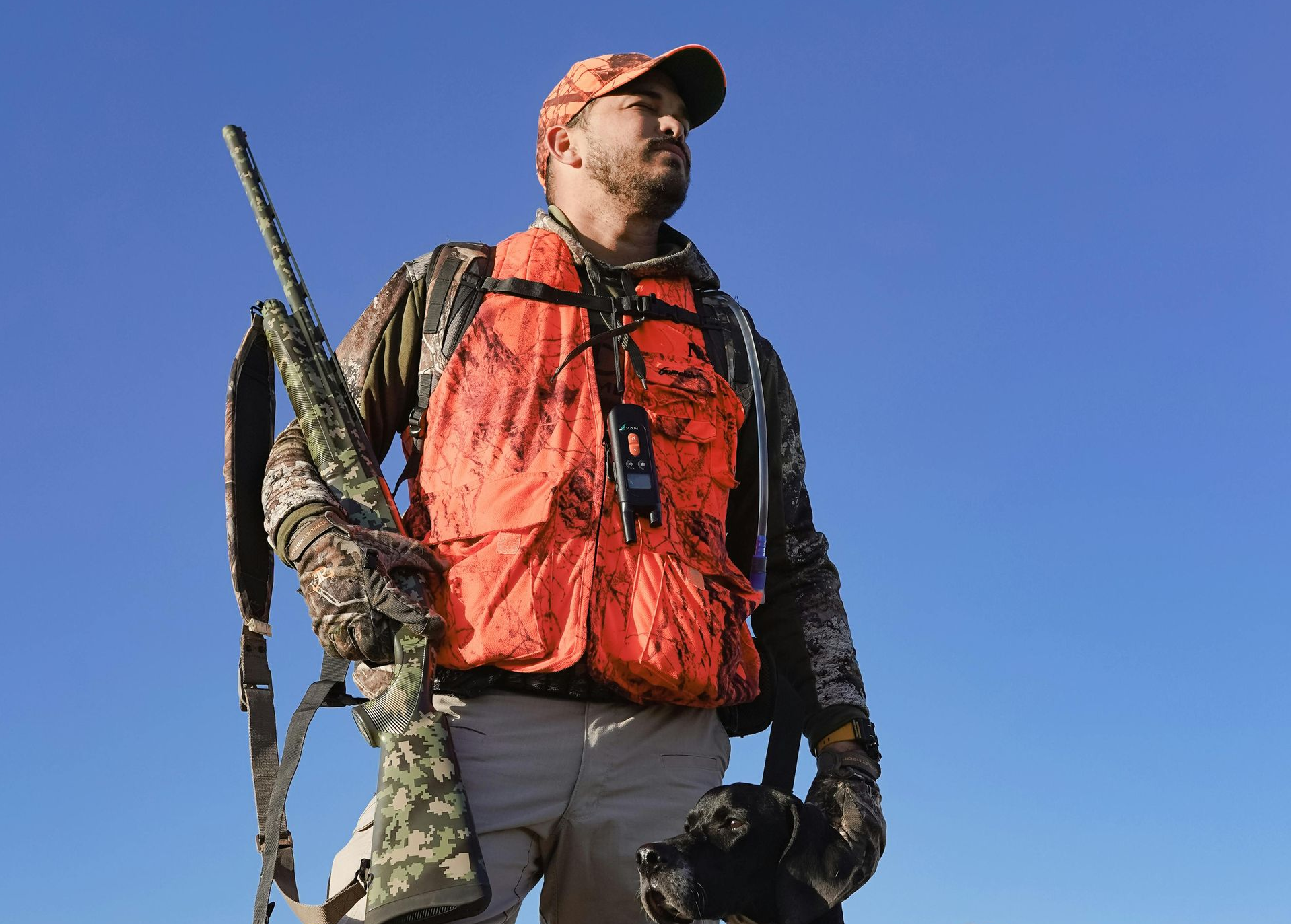Revolutionary New Nozzle Design and Water Pattern for Wildland
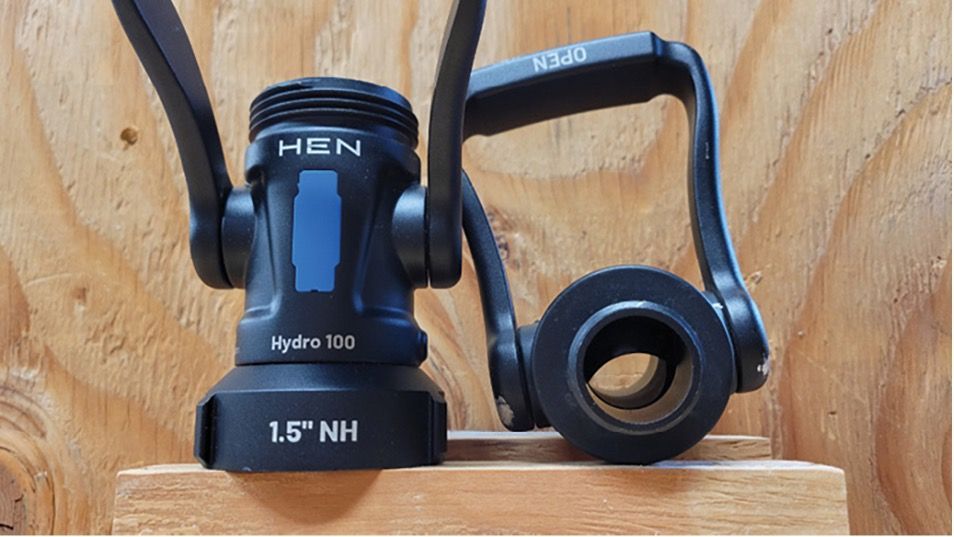
JUNE 1, 2025 FIRE ENGINEERING MAGAZINE
SPONSORED CONTENT - DENNIS LEGEAR
8 MIN READ
SHARE TO:
WILDLAND URBAN INTERFACE SUPPLEMENT
HEN’s wildland combination smooth bore nozzles produces both BLADE and Tight fire stream patterns that are important to comprehend as a disruptive wildland application methodology that will lead to better performance on the fireground in the mission of preserving life and property, during this increasing time of wildfire activity in near built environments and in general.
The BLADE pattern and, when needed, the Tight pattern offer a notable opportunity for outperforming commonly fielded handline nozzles in wildland fire suppression. Accurate water placement is the key to fire suppression performance in an unbound open air fuel package. It must be optimized to enhance delivery of the most water to the actual fuels, both burning and preheated exposure fuels, AKA as the “Green” and “Black” in wildland suppression parlance. You cannot make plain water more magical in British thermal unit-absorbing potential per gallon of water delivered to surfaces. However, you can make it much more effective and efficient. Here is a closer examination of the big three benchmark characteristics of fire stream development—volume, placement, and velocity—with a focus on handline-controllable wildland fire suppression.
- Volume: must meet critical flow for fuel package and expected fire behavior while delivering water to surfaces well.
- Placement: ideal droplet size is large = mass benefits/pattern for coverage/concentration, BLADE vs. Tight, in fuels.
- Velocity: reach and penetration/outside streams should capitalize on stream speed at a premium to combat wind.
HEN developed the following wildland nozzle flow rates, based on a literature review and discussion with wildland fire service experts worldwide: 20 and 45 gpm @ 100-psi nozzle pressure (NP), both in a single fixed orifice. Their goal field operational functional range is 75 to 100 psi NP but work well down to 50 psi NP and into the 125-psi range. It is common knowledge in wildland pumping operations that NP will vary greatly based on many factors such as kinks, added lengths (progressive lays), head pressures, lateral lines, etc. This nozzle design and initial target flows offered (20 and 45 gpm) vs. hose size (1 inch and 1.5 inch) are deliberate fixed orifice size ratios that are calculated to lead to excellent fire stream development performance under these operational realities.
Figure 1. HYDRO 100 Shut Off and Combination Smooth Bore BLADE Tips

HEN HYDRO 100 Shut Off, Half-Ball
Low-Turbulence Design (1” and 1.5”)
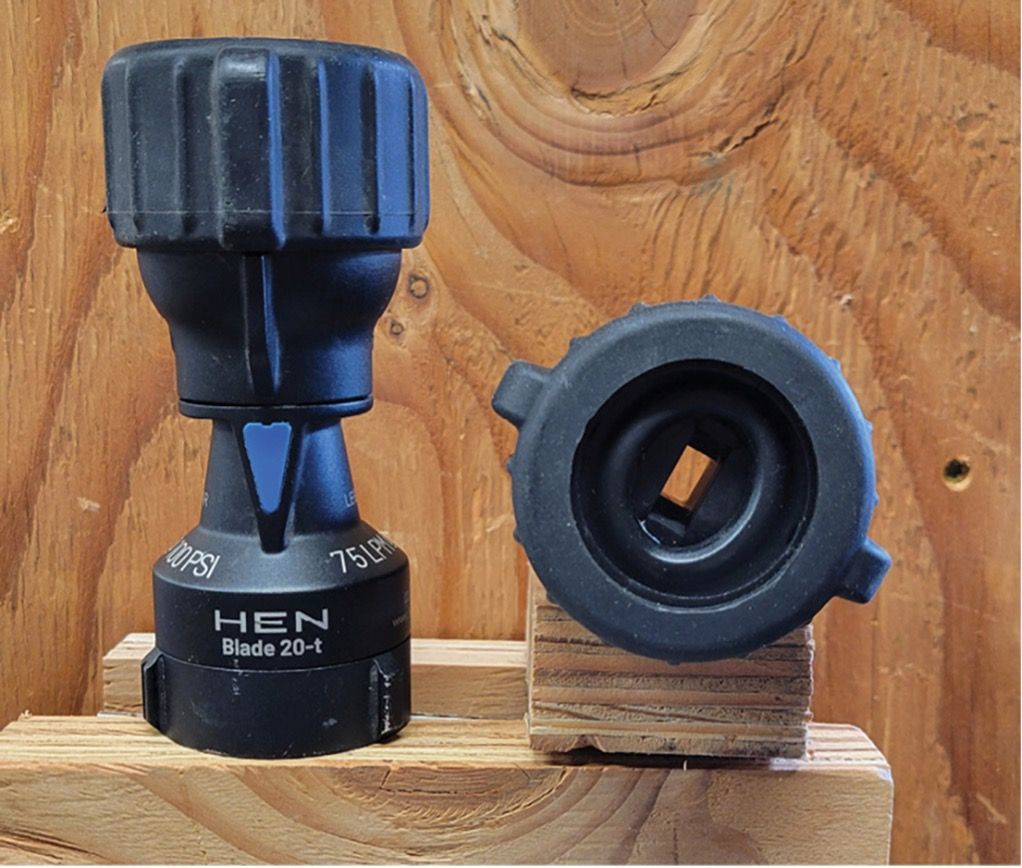
HEN 20 gpm @ 100 psi BLADE Tip Vertical
HEN 45 gpm @ 100 psi BLADE Tip Horizontal
The BLADE nozzle design has no waterway obstructions and is always self-flushing. It will not easily clog, which can be a frequent problem with the fog nozzles, during use of raw water sources sometimes used in wildfire suppression efforts (Figure 1). A fog nozzle’s stem and barrel with tight spacing between them de facto creates high shear forces and rapid acceleration of suppression water in a small distance. This creates droplets that are very fine in nature and then shaped into a straight stream or cone pattern. These fine droplets are negatively impacted by wind, transit evaporation, and lower mass on impact, leading to less fuel cooling. On the other hand, HEN’s unique nozzle design created by an unobstructed waterway produces a stream of large droplets of water in BLADE or Tight mode, much less negatively impacted by wind and evaporation, at an actual discharge pressure of 100 psi, which produces a true strong 80-mph fire stream.
Therefore, the produced fire stream, in BLADE or Tight mode while in transit to the fuels, black, burning, or green, will place more water mass on target, creating a more efficient suppression regime vs. commonly fielded wildland fog nozzle designs based on the physics of thermodynamics and stream metrics. This means that suppression is more rapid and complete. The BLADE stream’s coverage pattern picks up more of the fuel bed in a perpendicular line, wetting into the green, the burning fuel, and the hot black on the advance. This results in more efficient and consistent wet lines, which, in turn, lead to quicker containment of fires based on consistently and confidently moving forward at a faster pace. Since the fuel load is unbounded, and growth is based on time, this means a faster initial attack has a greater chance of being successful and reducing acreage burned.
Something that is valuable to additionally note is HEN HYDRO 100 Shut Off has half-ball, low-turbulence gate design instead of a full ball valve (Figure 1). This allows for gating of suppression water with less impact on the quality of the fire stream produced. Visual cues related to fire behavior are often used in wildland suppression. HEN’s suppression system design means pumping friction loss for a single flow—for example, 45 gpm at 5 psi per 100 feet of friction loss plus the 100 psi NP in 1.5-inch hose. Then, by gating the shut off, a lower flow rate and stream velocity is realized for up close suppression, allowing for better water placement for conditions with less wasted water via splattering, decreasing the risk of moving hot embers from black to green as well. In addition, the hose back pressure is increased, minimizing hose kinking issues seen in lengthy progressive wildland hoselays, while concurrently stiffing the hose. Anytime the full flow is required, just fully reopen the shut off.
CAL FIRE’s Siskiyou Unit first just fielded the BLADE 45-gpm tips, but after their first full season of use, the Unit procured the low-turbulence shut offs to gain full access to this groundbreaking suppression system, which is actually two parts: a low-turbulence shut off and BLADE tip. This allows fire streams to become much more consistently developed via simplification of required actions and allows the nozzle firefighter to change the volume and velocity of the fire stream on the fly back and forth without changes in pump discharge pressure.
Many wildland fog nozzles address flow variation by changes in orifice size. Two common examples are the 10/20 gpm (1 inch) and the 20/60 gpm (1.5 inch) wildland twisty fog nozzles, both 100 psi NP. These designs lead to large problems and inadequacies. If you pump the friction loss for the lower flow and the nozzle firefighter adjusts to the large flow setting, only a slight increase in volume results (not good) but a large crash in NP/stream velocity (less reach) results until pump discharge pressure is increased.
In the opposite scenario, pumping the friction loss for the large flow and then moving to the lower flow setting initiates only a moderate reduction in flow, and overpressurization of the NP and increased stream velocity result. This leads to even finer wind-impacted droplets leaving the nozzle and more extreme overpenetration of soil during up close work.
These simple facts show that changing the orifice size leads to counterproductive fire stream characteristics that negatively impact suppression potential. Often the nozzle position in the wildland suppression world is filled by seasonal employees, and they can become confused about when the right time is for which gpm setting. The nozzle position also cannot move seamlessly from one setting to the other and create the correct nozzle pressure and volumes without changes in pump discharge pressures.
Figure 2. The BLADE
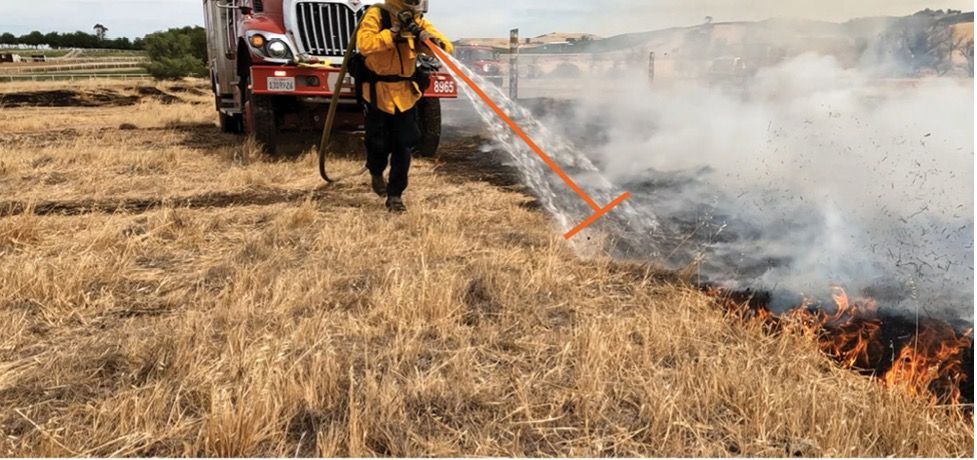
The 45-gpm BLADE produces an ideal solid continuous wet suppression line with a three-foot concentrated suppression edge application of roughly 5.3 oz. per second per square foot about eight feet in front of the nozzle. At any time, a simple twist of the nozzle will produce a tight jet of water, with great reach and penetration when needed.
In contrast, HEN’s wildland system from shut off to nozzle produces a variable volume, velocity, and stream range in both BLADE and Tight patterns. This is the future of fire attack in handline operations in the wildland fire environment by enhancing placement of water where it achieves maximum efficiency. The BLADE nozzles produce large droplets in a triangular shape with a concentrated edge or a tight solid stream with 120-fps exit velocity, combating wind and evaporation and providing long reach while producing superior wet suppression lines that thoroughly coat fuels (green, black, and burning) that are extremely resistant to slopover, chucking, or burn through (Figure 2).
The combination smooth bore nozzle advantages discussed above in fire suppression via water have been achieved by manipulation of fluidics by intelligent equipment design and careful attention to their impacts on fire stream characteristics with strict focus on excellent results.
Dennis LeGear is a captain (ret.) with the Oakland (CA) Fire Department and the owner of LeGear Engineering F.D. Consulting. He served as an SME panel member on UL FRSI’s Fire Attack & Coordinated Attack Studies. He has an AS in fire science and a BS in vocational education from CSU Long Beach.
